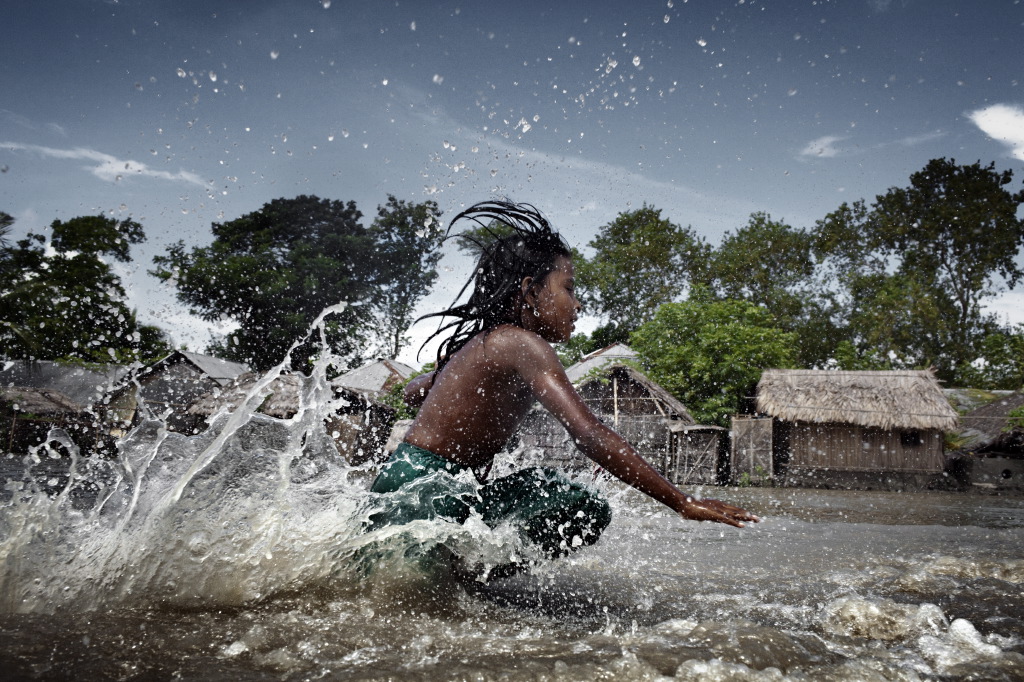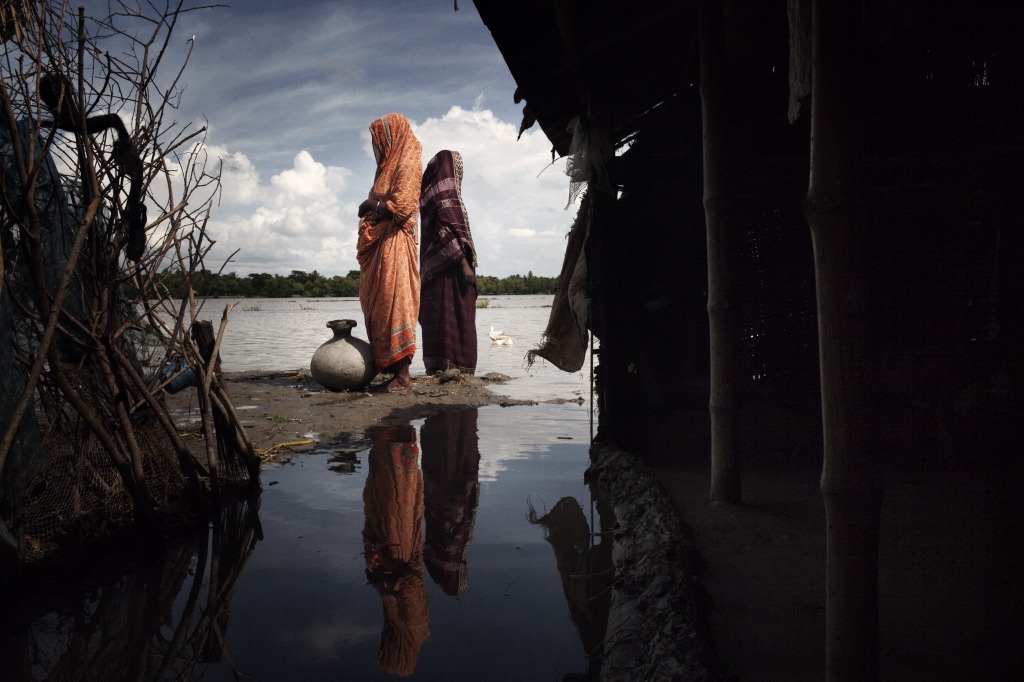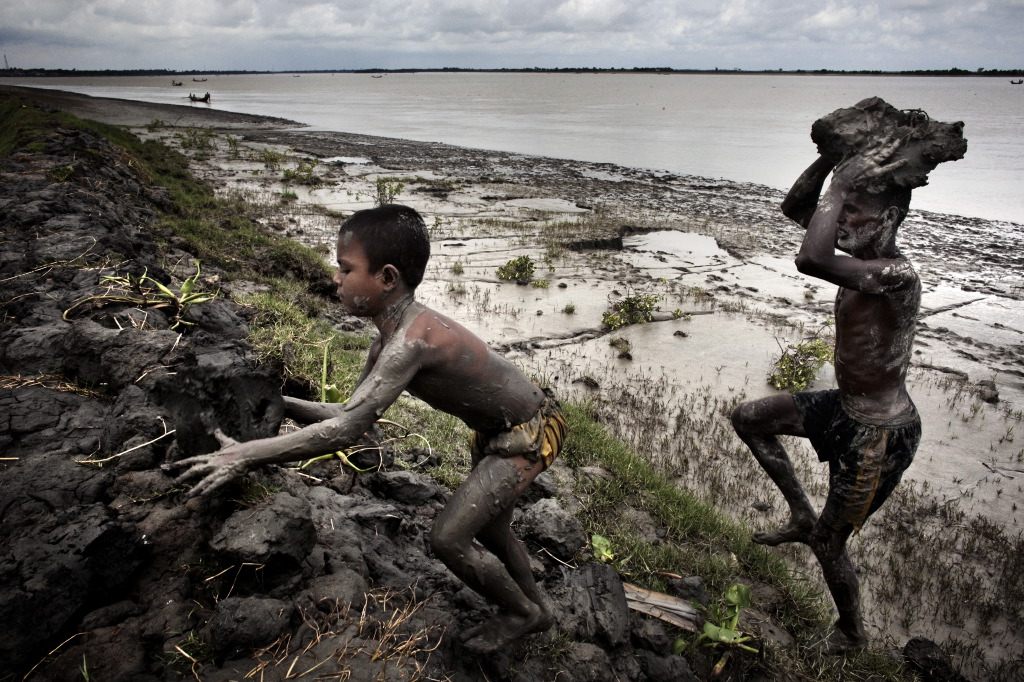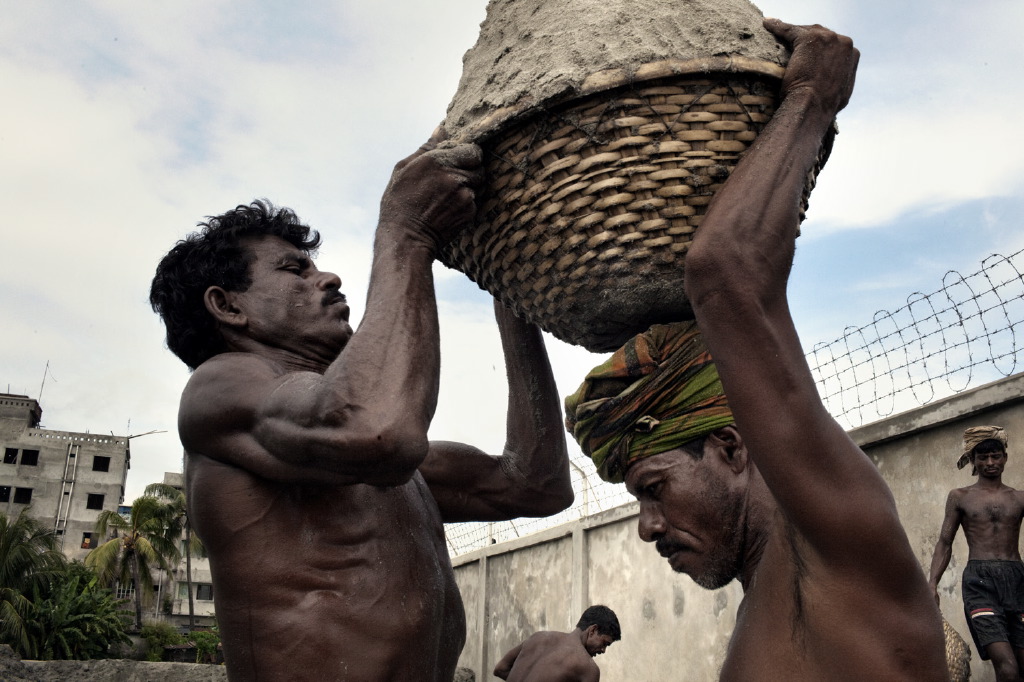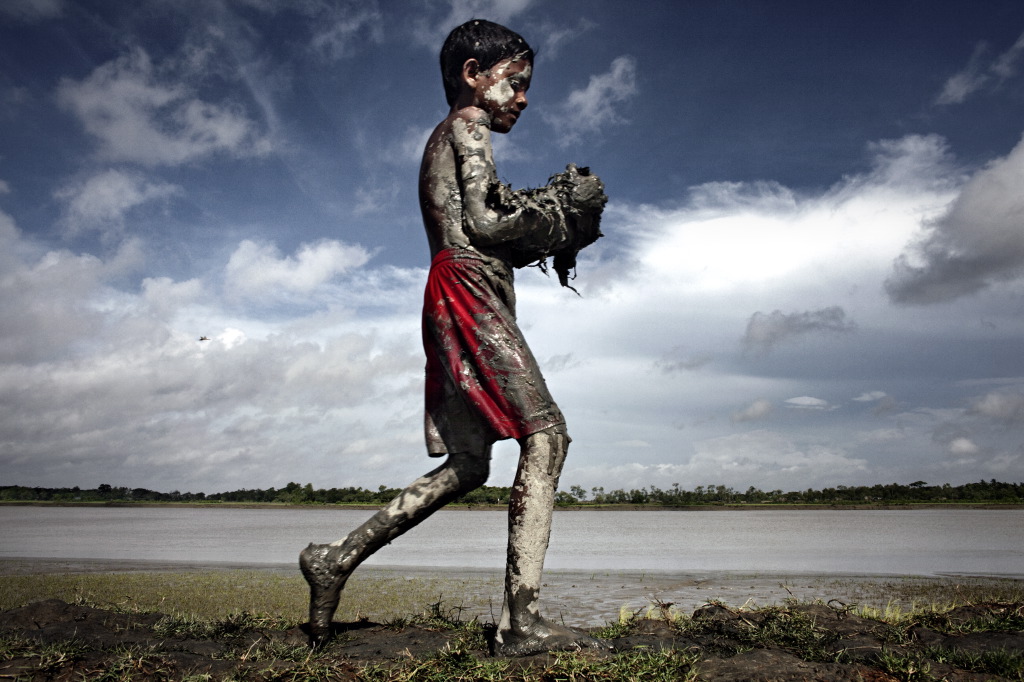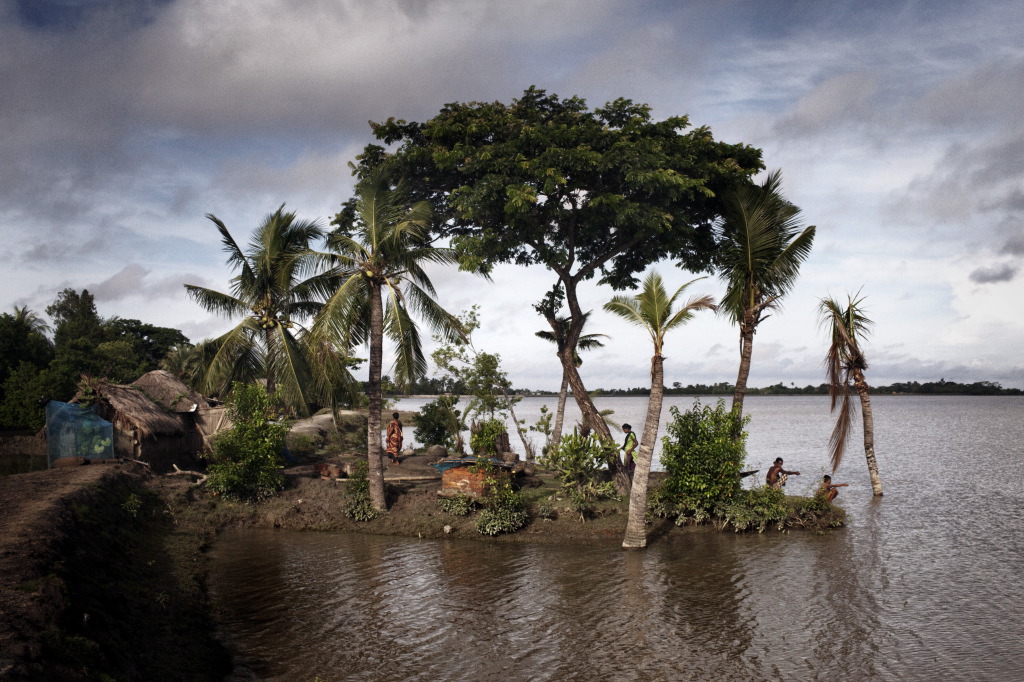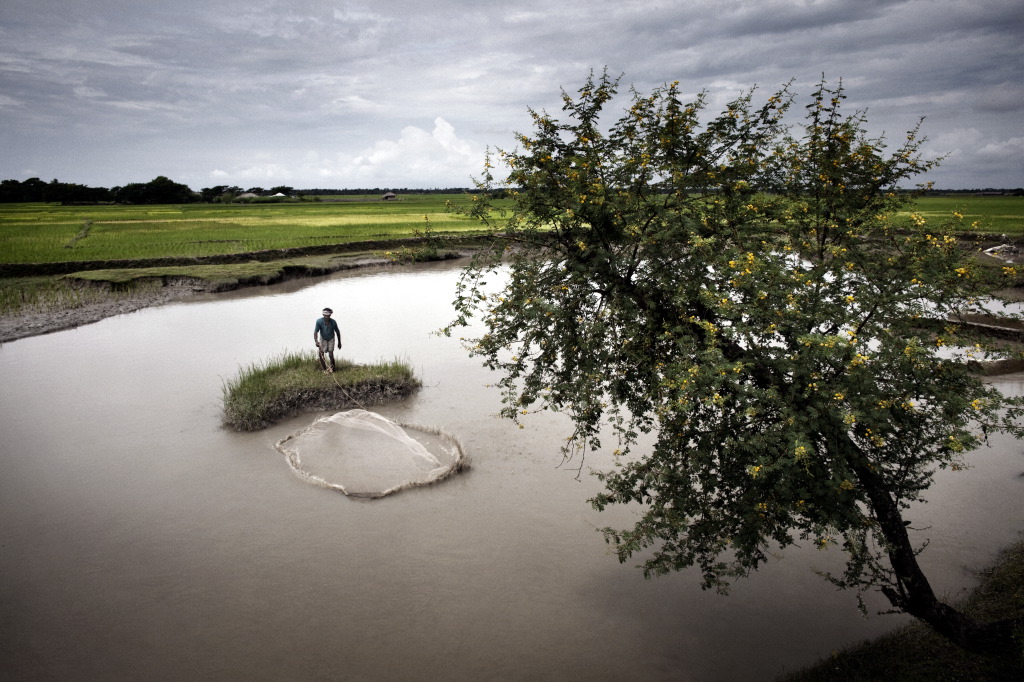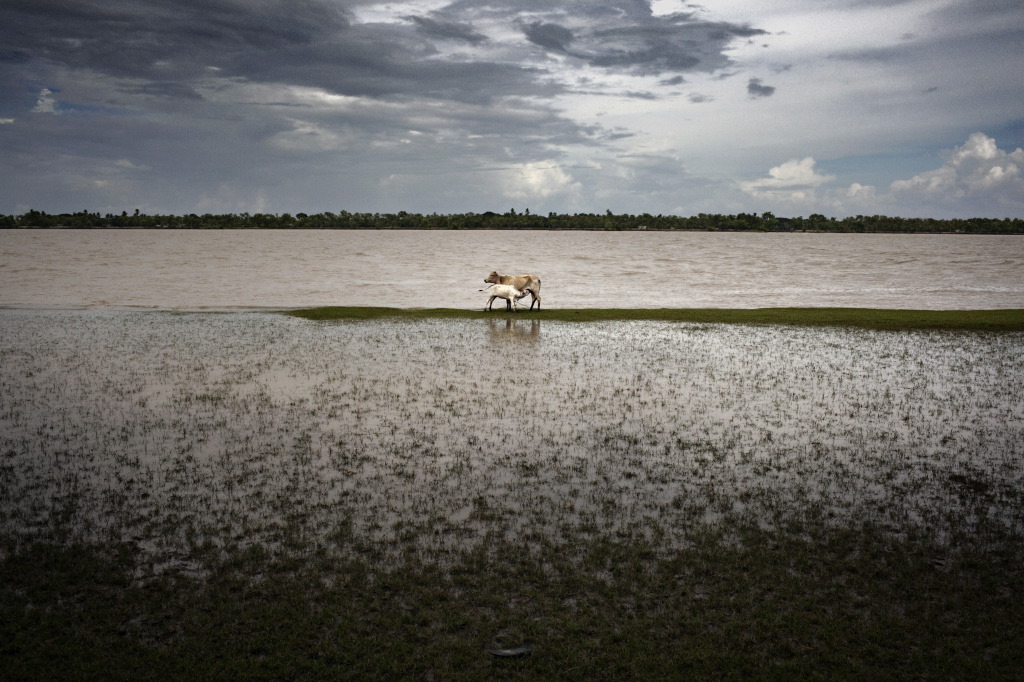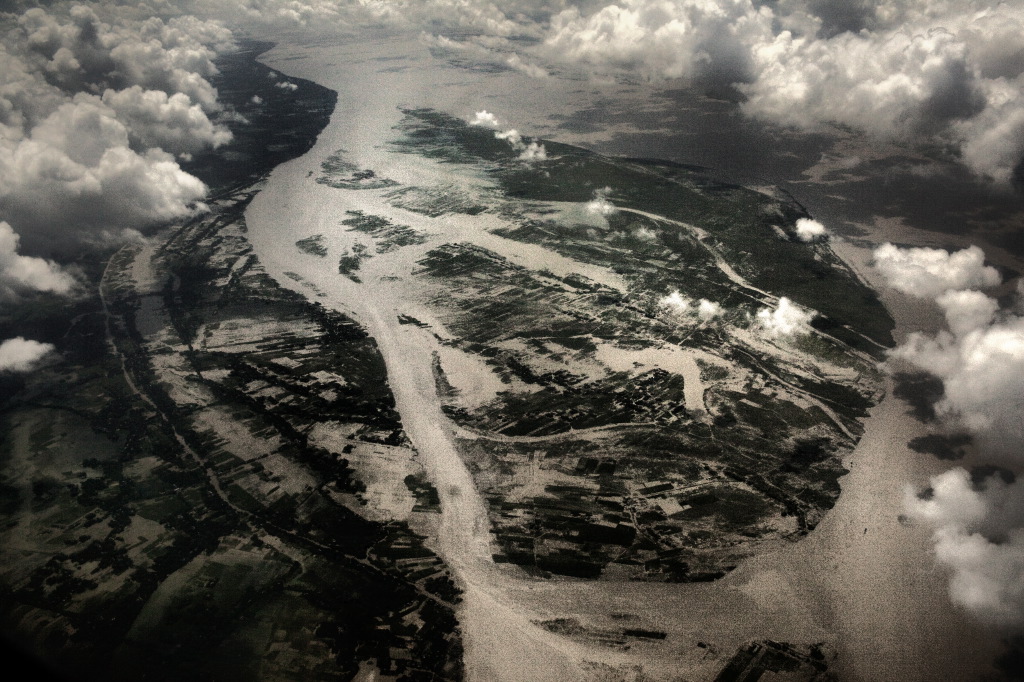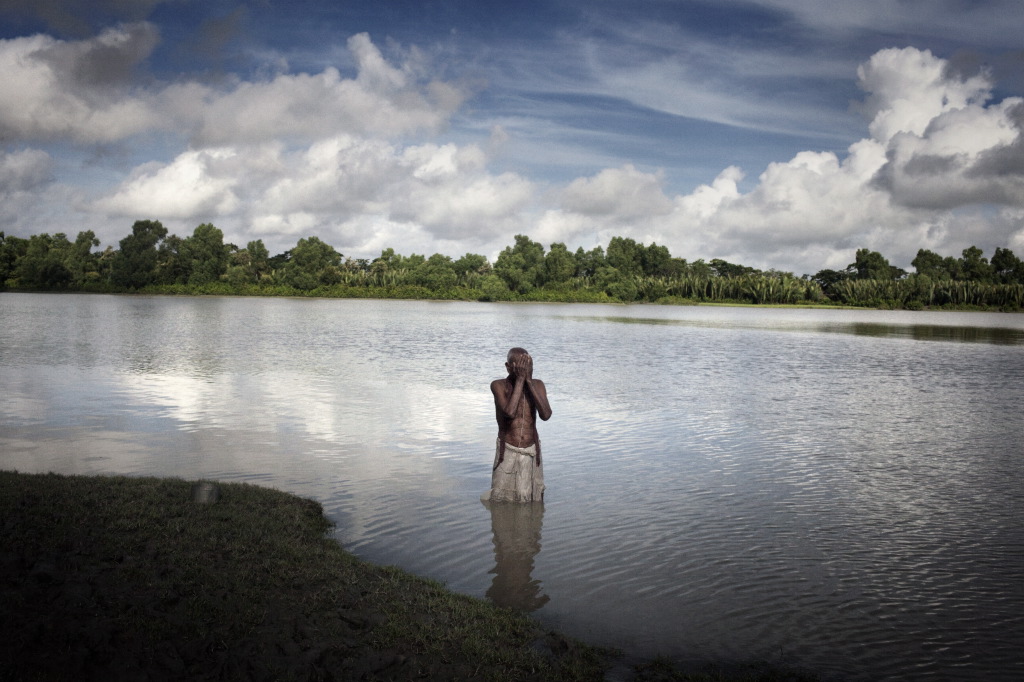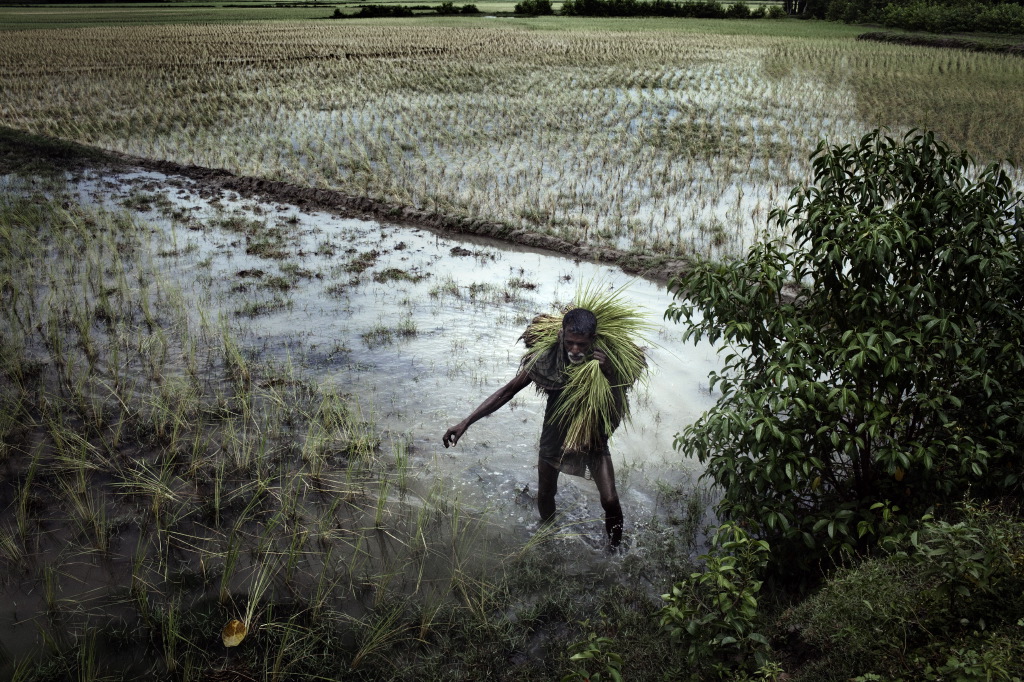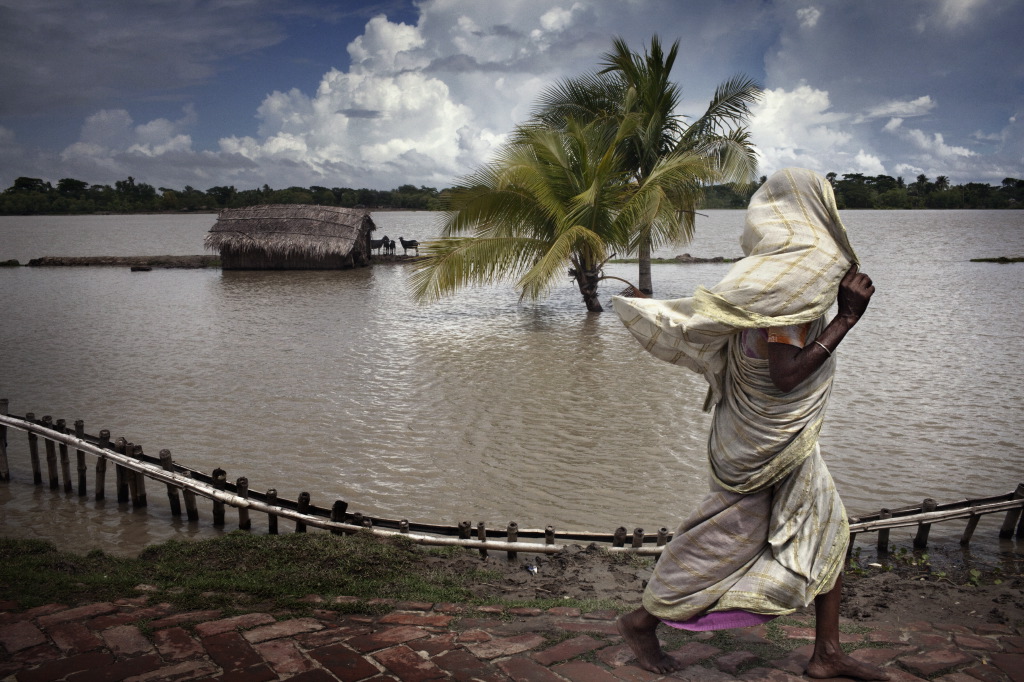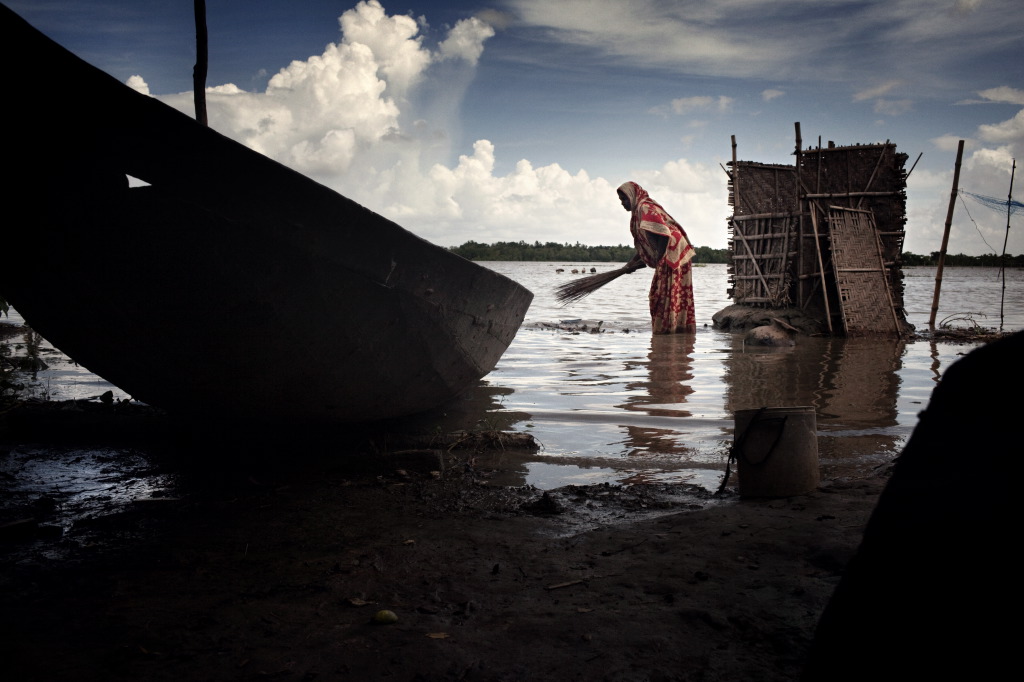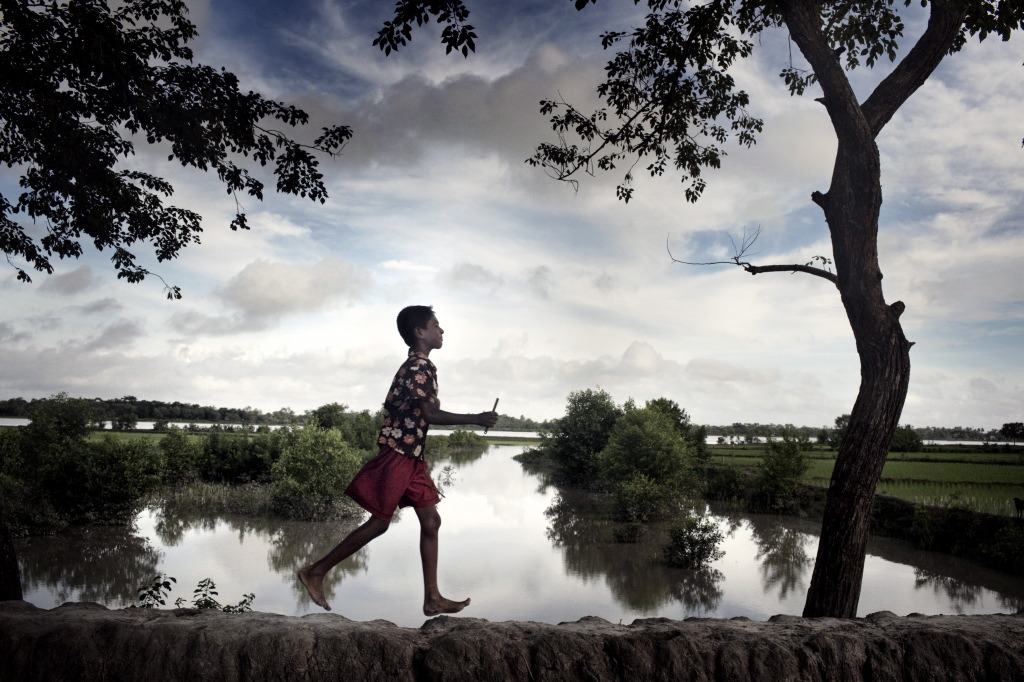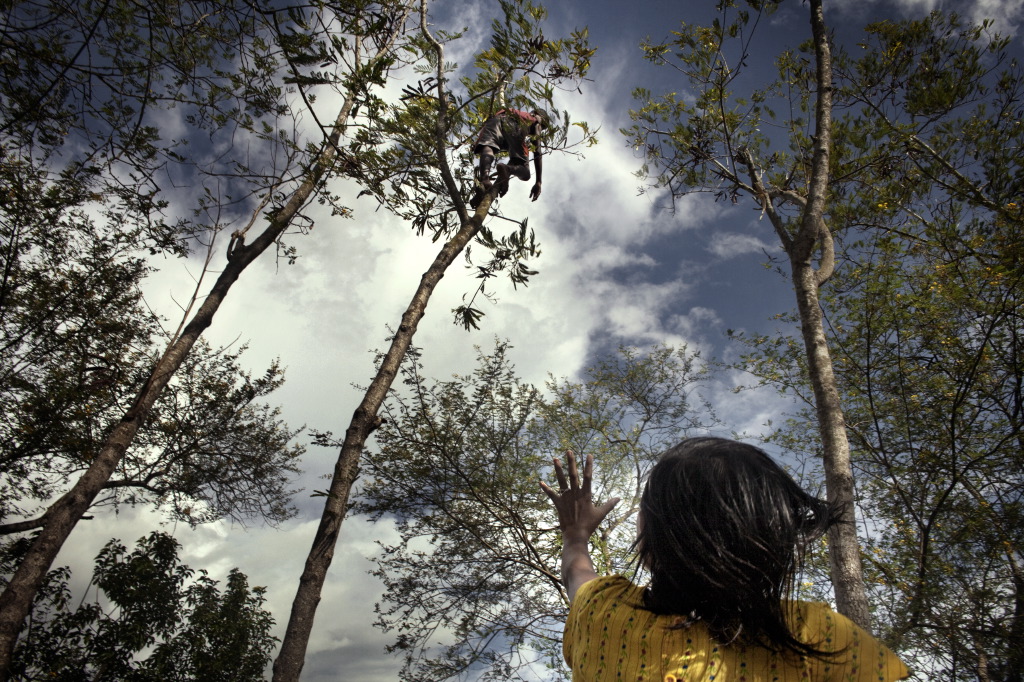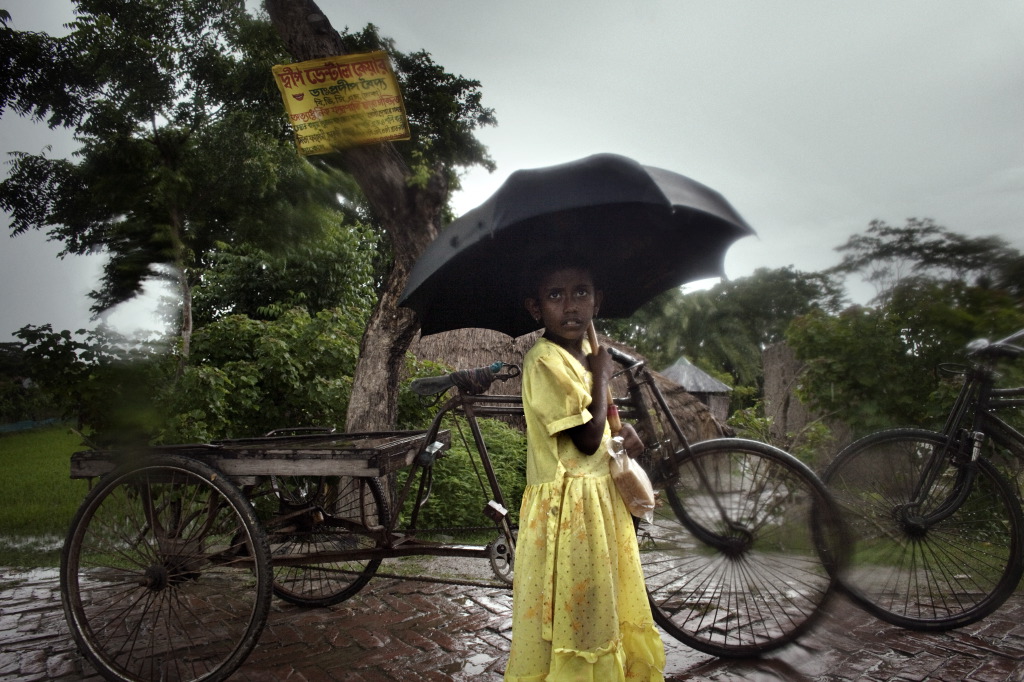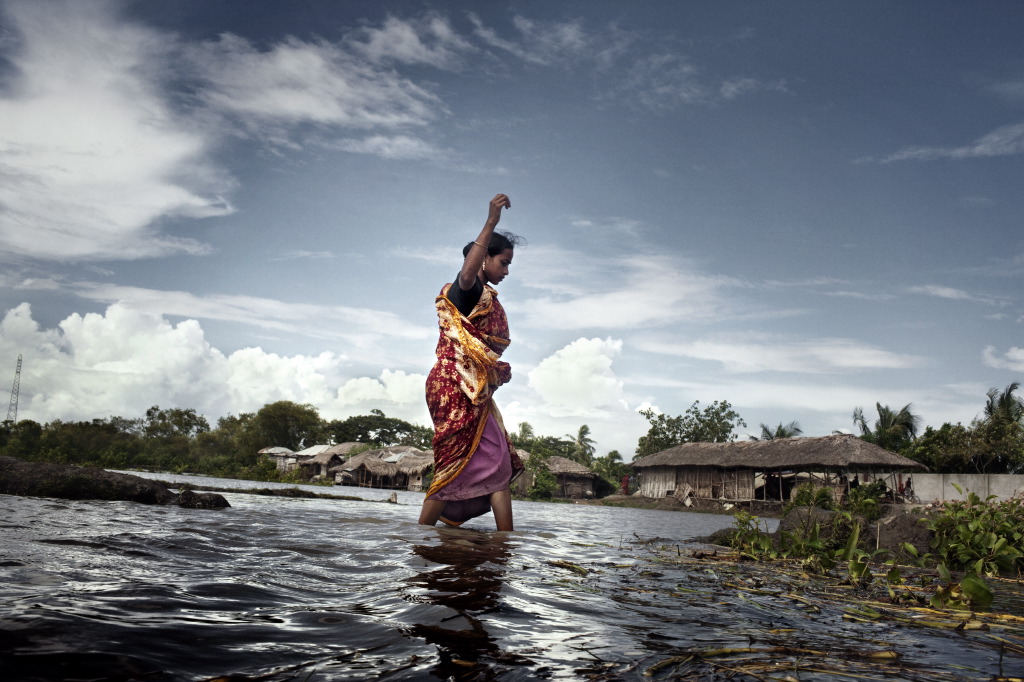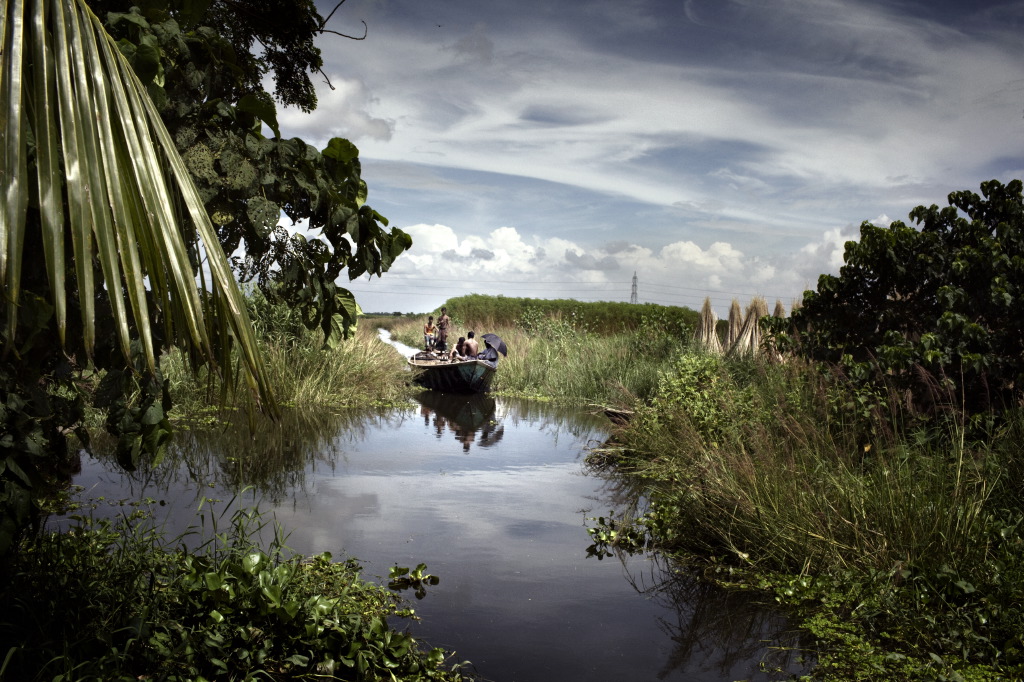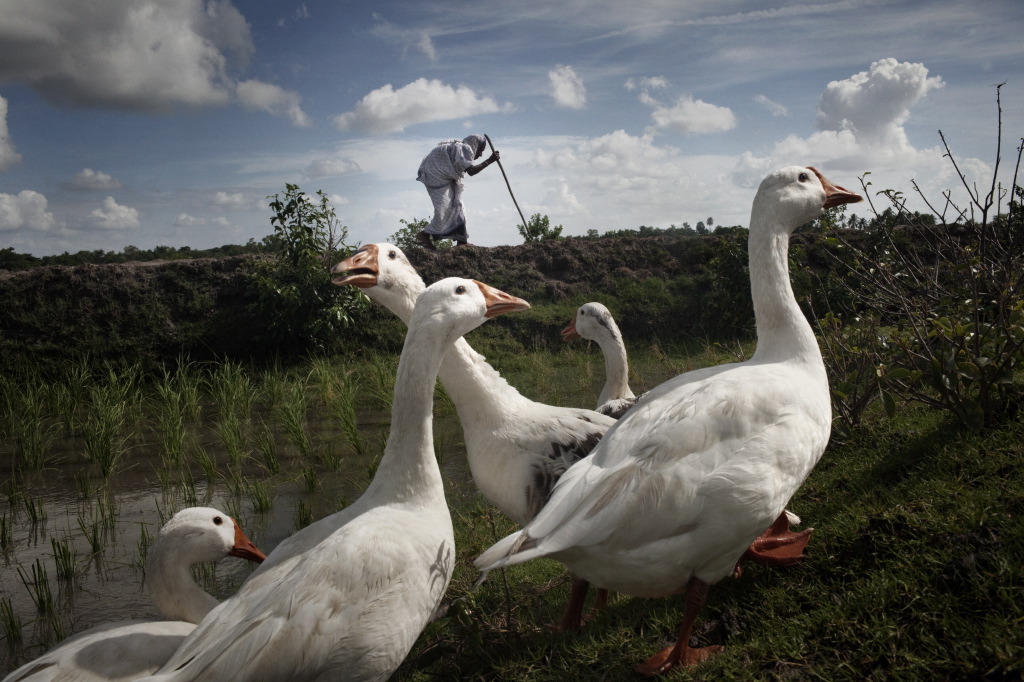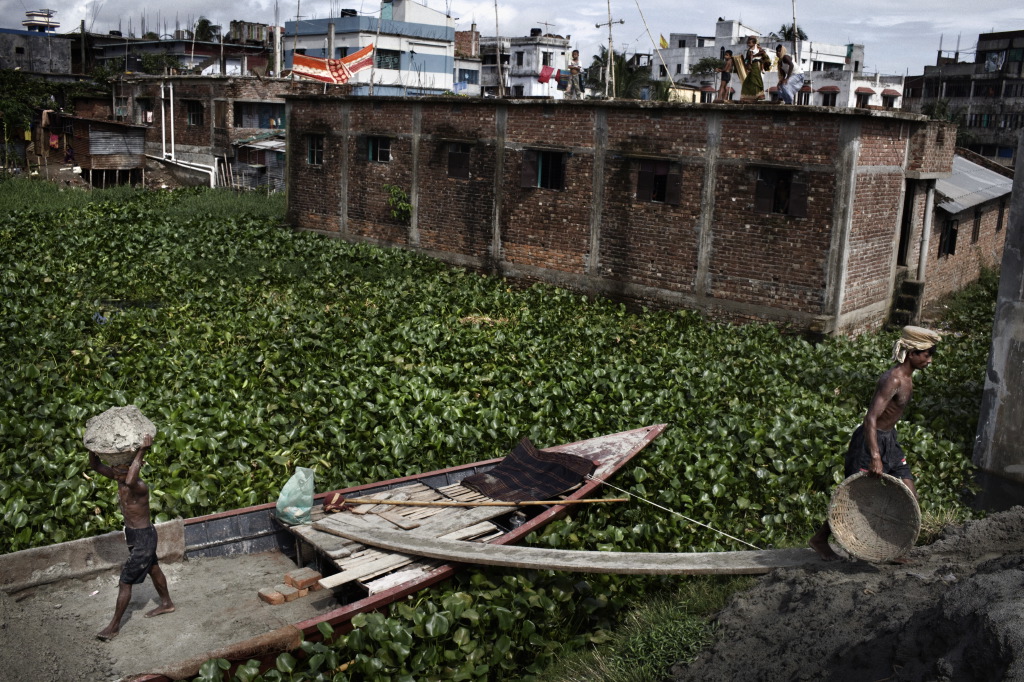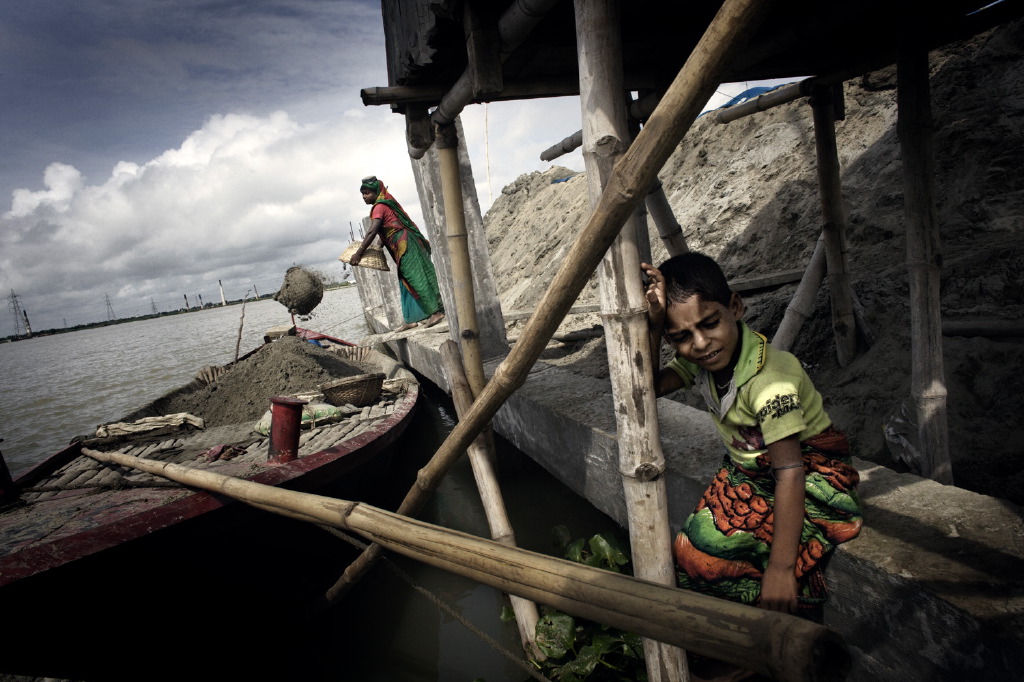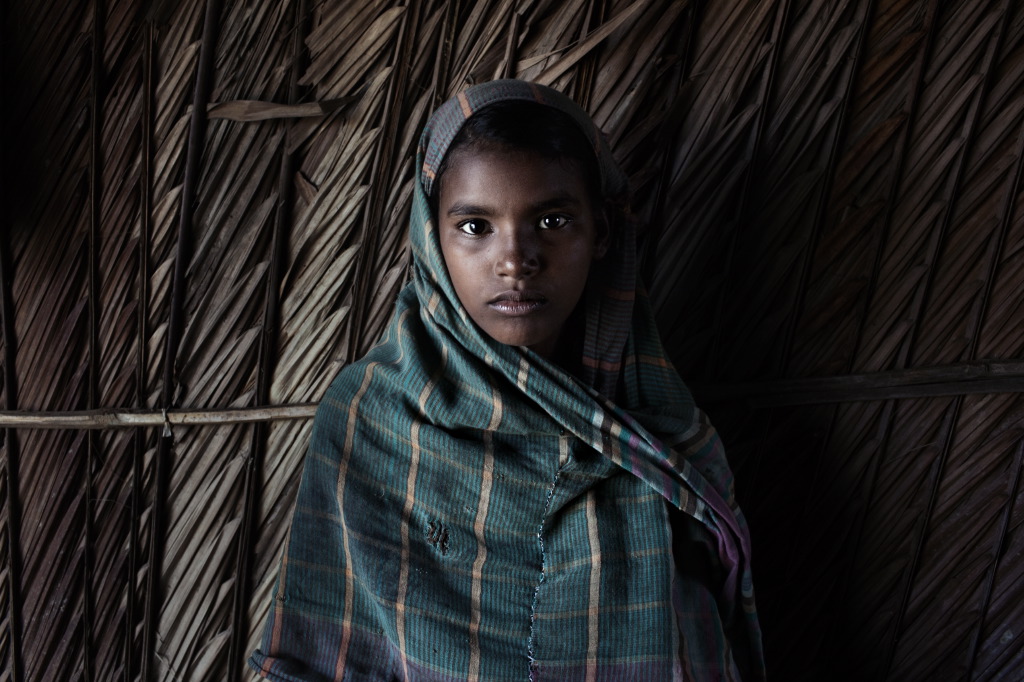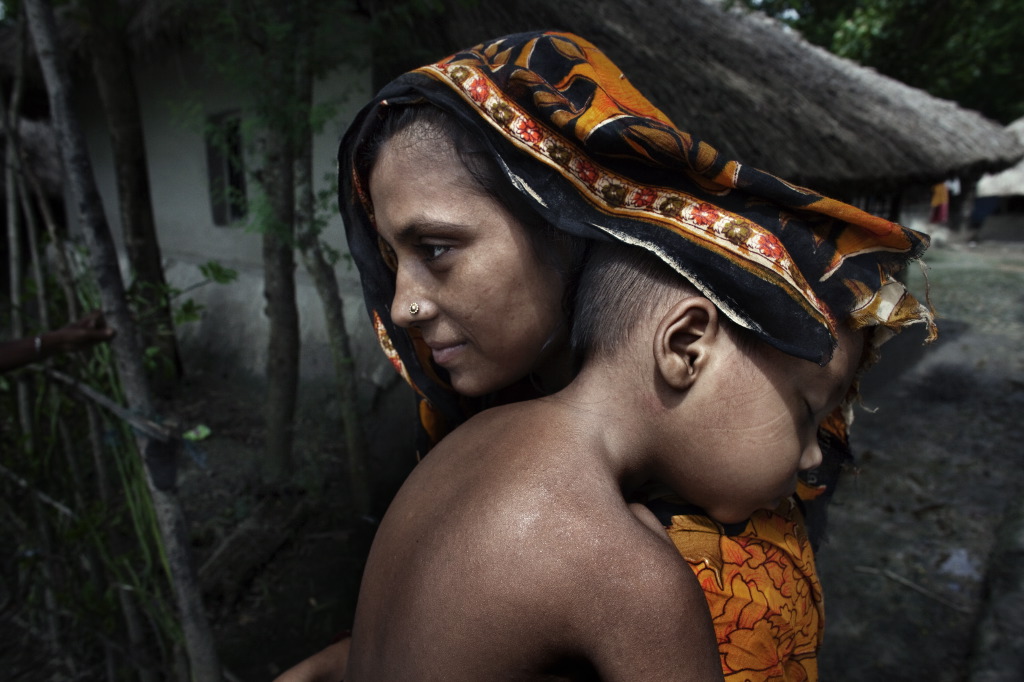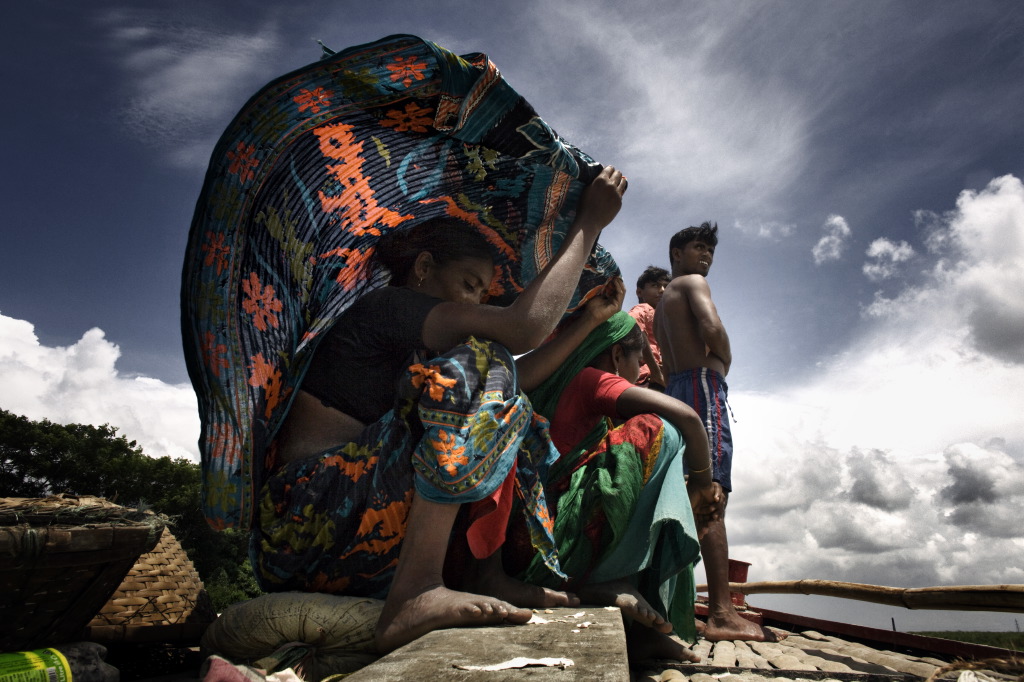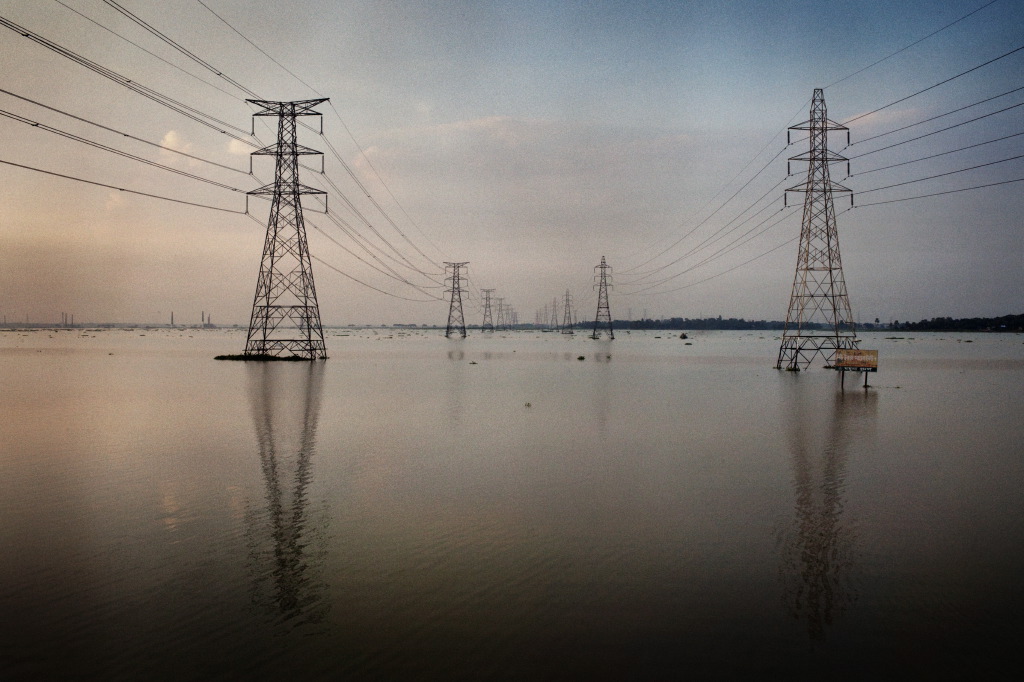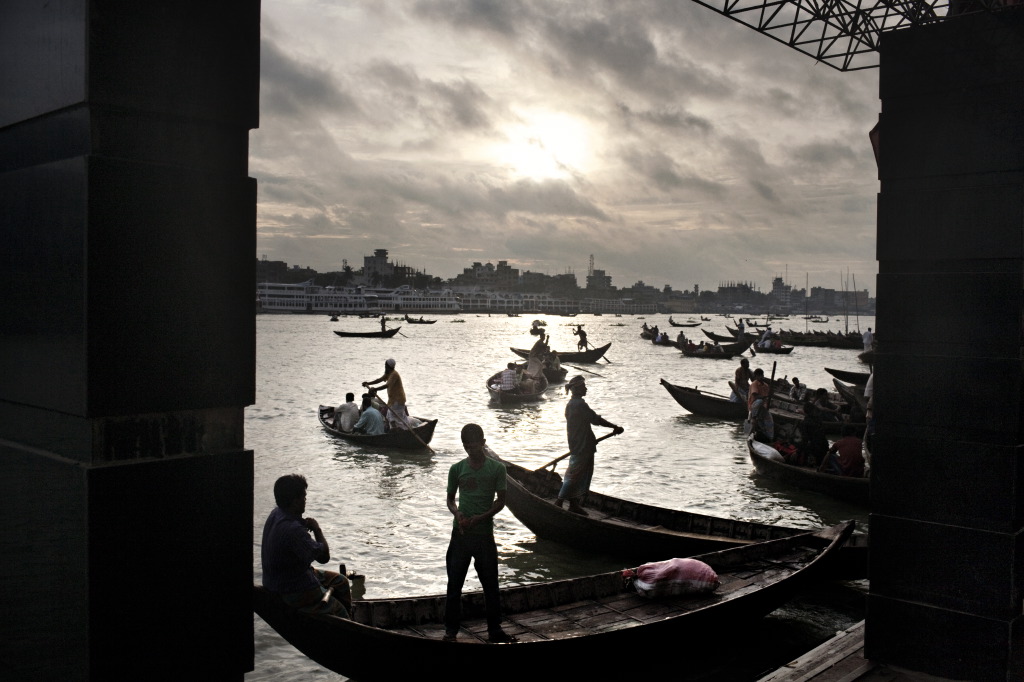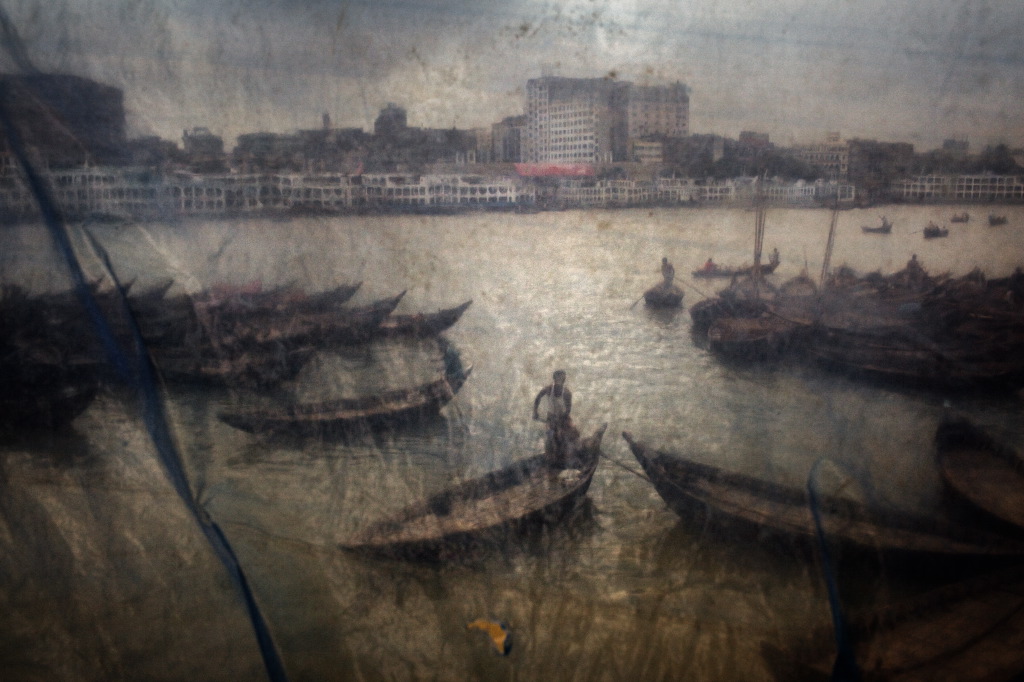X
The Bay of Bengal is the area mostly affected by climate change. Cyclones, floods and monsoons that annually hit the Bay cause the destruction of entire villages and crops. Climate change and the consequent and extreme natural events influence people’s migration. In fact, every year, several movements of population from rural to urban areas occur and cause additional environmental problems, mainly in the fast-growing urban slums. Thus, improving urban development and management is essential. Climate change is expected to affect migration of people in four ways:
– The intensification of natural disasters, floods, cyclones and river erosion.
– Global warming, climate variability and other climate change effects on livelihoods, public health, food security and water availability.
– Rising of sea levels, that will reduce coastal areas habitability.
– Competition over scarce natural resources potentially leading to growing tensions and even conflicts and, consequently, people’s displacement.
The decision to migrate is often guided by the aspiration to rebuild assets damaged by the flood. In Besides the usual patterns of floods within Bangladesh, a further issue is caused by sediments piling up in rivers restrained by embankments. Climate change is expected to further exacerbate this issue due to additional changes in sedimentation and river flows, increased monsoon rainfalls and slower rivers outflow caused by the rise of sea-levels and other hydrological dynamics. With global warming is expected to cause a one-meter rise in sea-levels during the 21st century and Bangladesh shall lose about 17.5 per cent of its landmass. (text by Luca Catalano Gonzaga).
